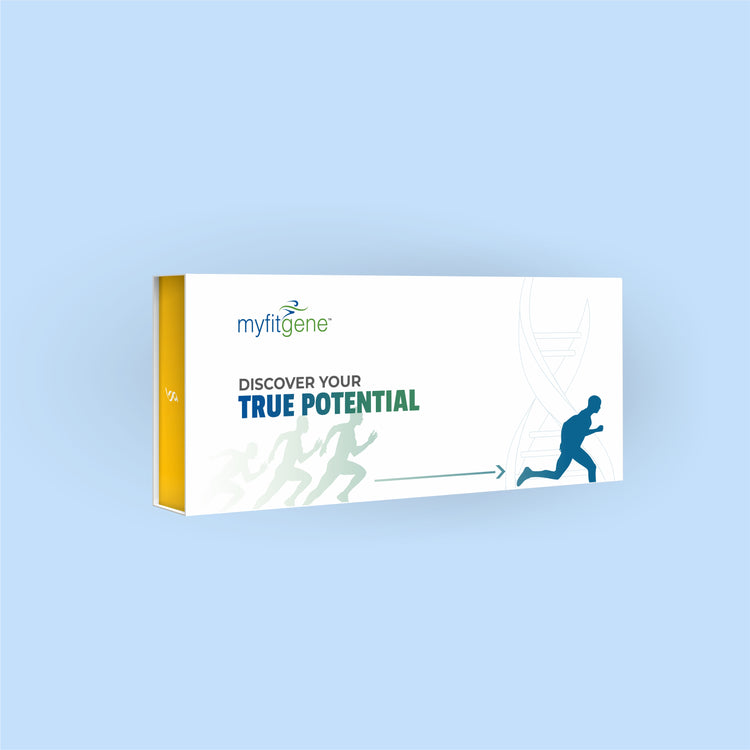Health For All: Let Us E2E (Effort To Exercise)!
Apr 07, 2018
4847 Views
“What do you do for exercise?”
Wait..what? Sorry, I must have misheard you, could you repeat that?
I would be surprised, if someone asked me this question during a casual conversation. I would be surprised because…well, no one ever does ask.
Why? There is a significant section of the society which does not stay tuned to fitness developments, which remains wrapped up in chasing goals, dreams, etc., so much that they forget to keep exercising all those years they live to chase dreams for.
The World Health Organization (WHO) recommends at least 150 minutes of moderate-intensity aerobic exercise, per week, for general fitness and health.
Effort to Exercise (E2E) : The NEW Health Mantra
What do you do for exercise?
The answer could be a description of your gym membership or your current favorite workout (out of hundreds that you are supposed to do). If you are a fitness junkie…well, great. Even if you are not…the question still remains…do you exercise?
The benefits of regular exercise are multifold…nay, countless. While social media is filled with messages from people who conquer fitness goals (every week at that!), there is also enough information to inspire and motivate everyone to begin exercising – if they aren’t already. However, it helps to keep a few facts in mind:
- It takes a good 3-6 months for exercise-induced transformations (enhanced strength, lean muscle development, etc), while changes in mood, appetite, sleep and energy, manifest sooner.
- Most of the time, it’s really just about putting in the effort, and not the end goal. We should worry less about whether or not we reach our “goal weight”. Let’s focus only on keeping distractions away, maintaining consistency and actually engaging in exercise every other day.
- Response to exercise varies among all. While some find a 60-minute walk fairly challenging on a daily basis, others may need aids like music to stimulate them during an exercise session. Studies have proved that psychological programming plays a key role in individual adaptation (and thereby, his/her likelihood to stick to exercise) to physical activity. It’s mind over matter, after all.
- The truth is that metabolism and muscle mass take a significant hit in middle and older ages. Basal metabolic rate reduces, resting heart rate and fat tissue composition increase. The most important reason to E2E is that we need to accumulate more muscle memory for exercise training. When we exercise regularly, we train our muscles to learn how to move, stretch, lift, rest and repair. The longer we keep exercising, the more likely our muscles will “remember” to respond when we get back to it, after a break. This means that it would less physically challenging to jump back into exercising, after a few months. Scientists agree that it is essential to start exercising earlier in life, build enough muscle memory (like a bank!) and resume fitness activities whenever possible, with minimal risk for injury.
Let’s have more conversations – Health for All, Fitness for All
Regular exercise is a universal health recommendation, for the society. Yoga for an expecting mother so she has a safe delivery and recovery. Aqua aerobics for seniors who wish to keep their ticker happy. Pilates for the aspiring athlete who longs to get back on track post injury. Weight training for the busy millennial seeking to stay fit.

Be warned….about the side effects of regular exercise!
- Better sleep than you had before – so no more Netflix marathons
- Can remember better- so you cannot say you forgot to exercise
- Stronger body – so fewer sick days at work
- Improved satiety – so say goodbye to midday cookies
(…and many, many more)
This World Health Day, it’s time to appreciate that good health is a way of life. To make good health YOUR way of living, make sure regular exercise is a part of your lifestyle!

